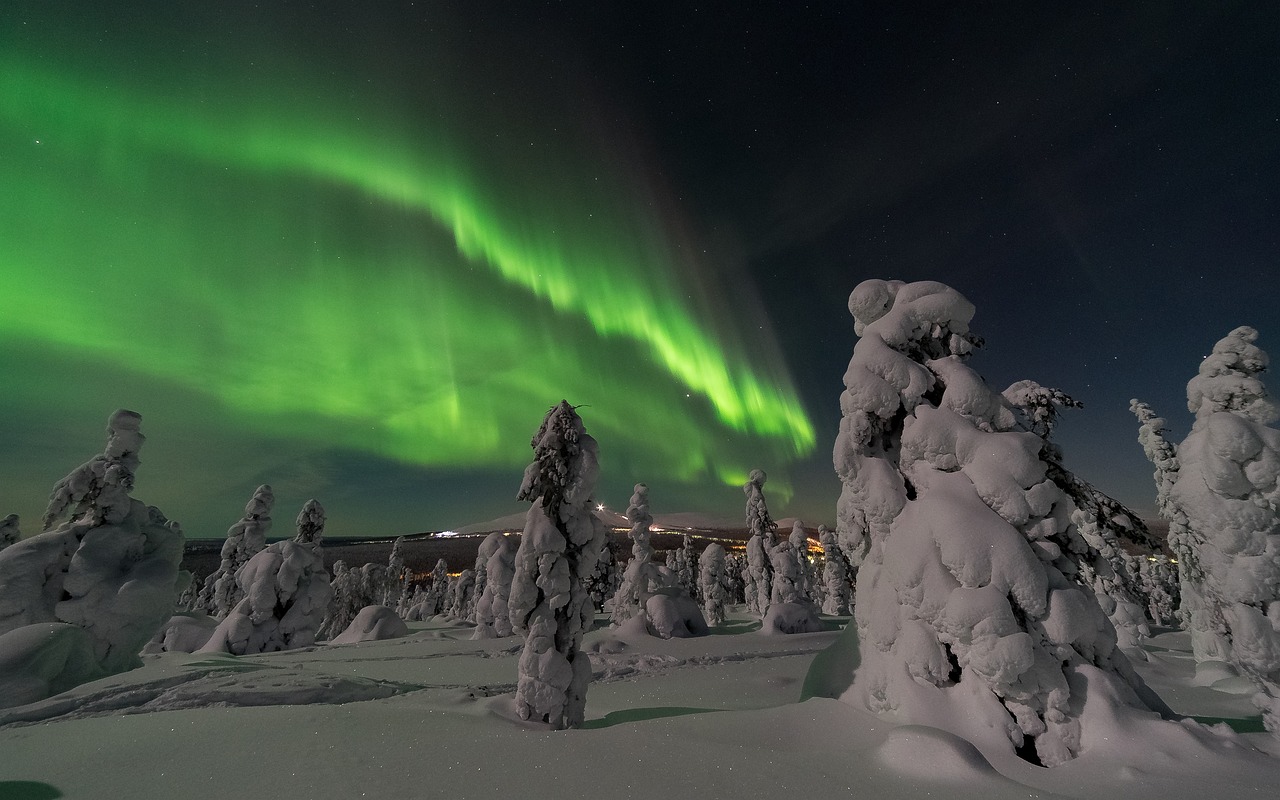THE 4 REGIONS OF FINLAND
HELSINKI REGION: The perfect blend of urban and outdoor charm, with a character that is both lively and relaxed at the same time. The Helsinki region includes the capital and its metropolitan area, as well as some more remote towns and villages. Here you can go from nature trails to city life in the blink of an eye, and the area is renowned for its culinary scene, interesting museums, and unique design and architecture. Visit Helsinki and find out why it is considered one of the most livable cities in the world!
THE LAKES REGION: This is where Finns come when they want to unplug and get back in touch with nature. The Lakes Region offers things to do throughout the year: cruising, fishing, paddleboarding, swimming, and ice skating. And where there is a lake, there is sure to be a cottage. Find one and enjoy Finnish-style relaxation. After all, as Europe’s largest lake area, you’ll have no trouble finding a special place all to yourself.
COAST and ARCIPELAGO: From bustling coastal towns and lonely lighthouses to historic manors and nature parks, the Finnish coast is all about discovery. With more than 50,000 stunning islands scattered across this stretch of sea, this archipelago is the largest in the world and hides beauty to be explored.
LAPPONIA: This is Finland’s northernmost region, a destination for outdoor activities and admiring the incredible light phenomena, the endless nature of the Arctic and, of course, Santa Claus. In all seasons of the year. The homeland of the Sámi people, known as Sápmi, includes the northern part of Lapland. Explore Finnish Lapland, the last great unspoiled region in Europe!
THE CLIMATE IN FINLAND
Finland has four unique seasons, with the temperature varying so much by season and region, as the country is long and the climate changes as we move from the coast inland. The Atlantic Ocean to the west and the Eurasian continent to the east together create an ever-changing climate over Finland.
Generally The hottest month is July while the coldest are January and February. Because of the country’s location, the weather can change rapidly, which makes forecasting a bit tricky, partly because of the effects of climate change. One moment the sun is shining and the next it’s pouring rain: such is life in the north. We recommend you check the weather forecast in the morning before you go out, so you’ll know exactly how to dress and keep warm all day.
- SUMMER IN FINLAND: It’s pleasantly warm with 24-hour light!!! The average temperature is around 20° C.
- AUTUMN IN FINLAND: it starts towards the end of August in Lapland and about a month later in southwestern Finland. It is a rainy season and the first snow in Lapland can be found as early as September while in the south we can find it from October/November
- WINTER IN FINLAND: This is the longest season. The temperature in the north is generally below freezing most of the time, while in the south it is “slightly warmer”! It is during this time that the Northern Lights show themselves in all their glory!
- SPRING IN FINLAND: A short season that represents the awakening of nature and the increase in daylight hours. It starts in April along the coast while in Lapland it does not begin until May. The highlight of the season is definitely May 1 when Finns flock to parks for picnic parties
OUR TIPS FOR TRAVELING IN FINLAND
You can get there by plane, ship or car.
By air: there are more than 20 airports in Finland. The main one is Helsinki-Vantaa Airport (HEL), near the capital. The northernmost airport is in Ivalo in Lapland about 250km above the Arctic Circle.
By train: Finnish trains are spacious, comfortable, and clean. The rail network extends throughout the country. For longer distances, an overnight trip in a sleeping car is suggested.
By car: in Finland you drive on the right, politely and without stress. At Finland’s northeastern border, you can drive in from Sweden and Norway. You can also drive your car to a boat and then cross the Baltic to Finland.
Getting around Finland
Finland is a vast and sparsely populated country, but travel within it is definitely smooth; everything works perfectly here. Whether by plane, train, car or ship, the transportation network is well organized and reliable.
By Bicycle: bicycles are a great way to travel short distances. All major cities have bicycles for rent.
By Bus: Finland’s bus network is one of the most comprehensive in Europe and covers more than 90 percent of public roads. If the rail network does not reach your Finnish destination, a bus most likely will.
You will travel relaxed while enjoying the view.
USEFUL INFORMATION
- DOCUMENTS AND VISAS: for Italian citizens, the documents required for entry into Finland are either an Italian passport or an Italian identity card valid for expatriation, both valid and with an expiration date longer than the period of stay in the country. In some cases (identity verification for payment with credit cards in commercial establishments, making bank transactions or transfers, etc.) it is mandatory to show the passport. The country is part of the EU and a member of the Schengen Agreement.
- VACCINATIONS: None
- CURRENCY: Euro
- LANGUAGE: The two main official languages in Finland are Finnish and Swedish. There are also several official minority languages: three variants of Sami, Romani, Finnish Sign Language, and Karelian. English is fairly widely spoken. Many people also speak German.
- TIME ZONE: Eastern European Time (EET) UTC +2. (ES: If, in November in Italy it is 11:24 a.m., in Finland it is 12:24 p.m. )

